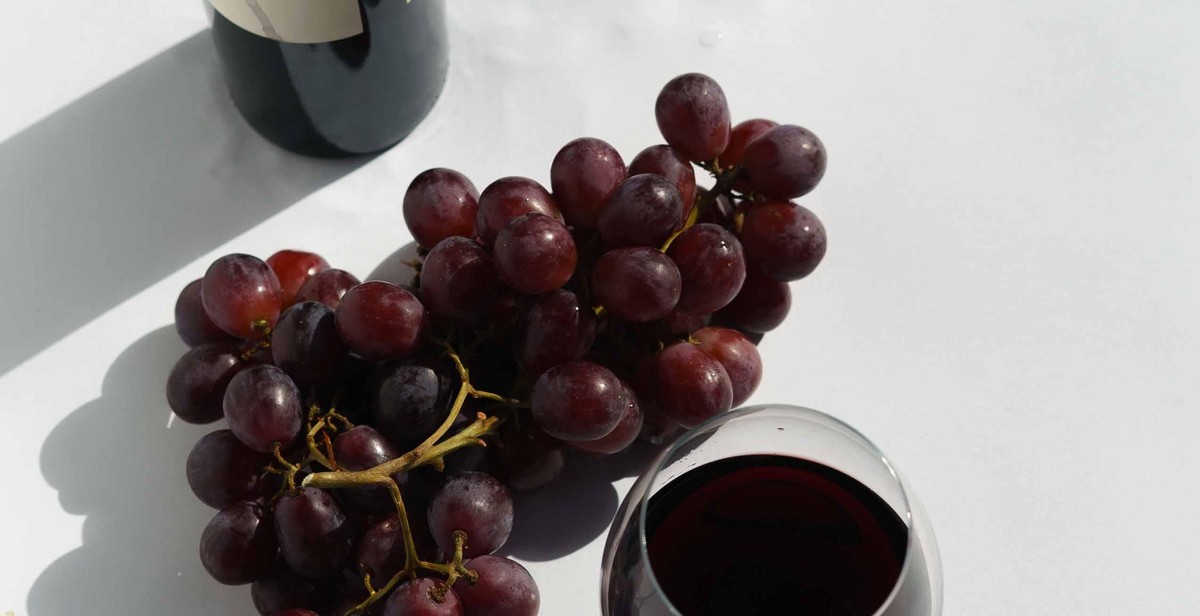How to Pair Wine with Asian Cuisine: Exploring Flavor Combinations
Asian cuisine is known for its bold and complex flavors, which can make pairing wine with these dishes a bit of a challenge. However, with the right approach, you can create a harmonious balance between the food and wine, enhancing the overall dining experience.
When it comes to pairing wine with Asian cuisine, it’s important to consider the dominant flavors in the dish. For example, spicy dishes may require a wine with a hint of sweetness to balance out the heat, while dishes with rich umami flavors may pair well with a full-bodied red wine.
The Role of Umami in Asian Cuisine
Umami, which is often described as a savory or meaty taste, plays a significant role in many Asian dishes. Ingredients like soy sauce, miso, and mushrooms are rich in umami, and can be challenging to pair with wine.
However, there are wines that complement the umami flavors in these dishes. For example, a bold red wine like Cabernet Sauvignon or Syrah can stand up to the richness of a miso-glazed dish, while a dry sparkling wine like Champagne can cut through the saltiness of soy sauce.
Pairing Wine with Spicy Asian Dishes
Spicy Asian dishes, like Thai curries or Szechuan stir-fries, can be particularly challenging to pair with wine. The heat in these dishes can overpower many wines, so it’s important to choose a wine with a hint of sweetness to balance out the spice.
A sweet Riesling or Gewurztraminer can be an excellent choice for spicy Asian dishes, as the sweetness can help to cool down the palate. Alternatively, a light-bodied red wine like Pinot Noir or Beaujolais can also complement the spice without overpowering the dish.
Conclusion
Pairing wine with Asian cuisine can be a fun and rewarding experience, but it requires some experimentation and knowledge of the dominant flavors in the dish. By considering the umami and spice levels in the food, you can choose a wine that complements the dish and enhances the overall dining experience.

Understanding Flavor Profiles in Wine
Understanding the flavor profiles of wine is essential when it comes to pairing it with food. There are four primary components to consider when it comes to wine flavor profiles: body, acidity, tannins, and sweetness. Each of these components plays an essential role in the overall taste and experience of the wine.
Body
The body of wine refers to its weight and viscosity. It can range from light-bodied to full-bodied. Light-bodied wines are typically less intense and have a lower alcohol content, while full-bodied wines tend to be more robust and have a higher alcohol content.
When pairing wine with Asian cuisine, it is essential to consider the body of the wine. Light-bodied wines, such as Pinot Grigio or Sauvignon Blanc, pair well with lighter dishes like sushi or spring rolls. On the other hand, full-bodied wines, such as Cabernet Sauvignon or Syrah, pair well with heavier dishes like beef or lamb curries.
Acidity
The acidity of wine refers to the tartness or sourness of the wine. It is typically measured by pH, with lower pH indicating higher acidity. Wines with high acidity tend to be crisp and refreshing, while wines with low acidity tend to be more mellow and smooth.
When pairing wine with Asian cuisine, it is essential to consider the acidity of the wine. High acidity wines, such as Riesling or Chardonnay, pair well with acid-based dishes like stir-fry or citrus-based sauces. Low acidity wines, such as Merlot or Malbec, pair well with milder dishes like fried rice or noodle dishes.
Tannins
Tannins are a natural compound found in grapes, and they create a dry and bitter sensation in the mouth. Tannins are typically found in red wines and are responsible for giving them their structure and complexity.
When pairing wine with Asian cuisine, it is essential to consider the tannins of the wine. Wines with high tannins, such as Cabernet Sauvignon or Sangiovese, pair well with bold and spicy dishes like Szechuan beef or spicy Korean fried chicken. Wines with low tannins, such as Pinot Noir or Grenache, pair well with milder dishes like vegetable stir-fry or grilled seafood.
Sweetness
The sweetness of wine refers to the residual sugar left in the wine after fermentation. Sweet wines tend to have a higher sugar content, while dry wines have little to no residual sugar.
When pairing wine with Asian cuisine, it is essential to consider the sweetness of the wine. Sweet wines, such as Moscato or Riesling, pair well with spicy dishes like Thai curry or Indian vindaloo. Dry wines, such as Chardonnay or Pinot Noir, pair well with milder dishes like sushi or vegetable stir-fry.
| Wine Component | Light-Bodied Wine | Full-Bodied Wine | High Acidity Wine | Low Acidity Wine | High Tannins Wine | Low Tannins Wine | Sweet Wine | Dry Wine | |||||
|---|---|---|---|---|---|---|---|---|---|---|---|---|---|
| Body | Pinot Grigio, Sauvignon Blanc | Cabernet Sauvignon, Syrah | Pinot Noir, Grenache | Moscato, Riesling | Chardonnay, Pinot Noir | ||||||||
| Acidity | Riesling, Chardonnay | Merlot, Malbec | |||||||||||
| Tannins | Cabernet Sauvignon, Sangiovese |
| Flavor Profile | Wine Pairing Suggestions |
|---|---|
| Spicy | Riesling, Gewürztraminer, Sparkling Wine |
| Umami | Pinot Noir, Beaujolais, Riesling, Chenin Blanc |
| Sweet and Sour | Off-dry Riesling, Gewürztraminer, Moscato, Pinot Noir, Beaujolais |
| Salty | Sauvignon Blanc, Chablis, Pinot Noir, Gamay |
By keeping these tips in mind, you can create successful wine pairings with your favorite Asian dishes. Remember, these are just guidelines, and ultimately, the best pairing is the one you enjoy the most. So don’t be afraid to experiment and try new things!

Conclusion
Pairing wine with Asian cuisine can be a challenging task, but it is also a rewarding experience. The key is to focus on the flavors and textures of the dish and to find a wine that complements, rather than overpowers, the dish.
When pairing wine with Asian cuisine, it is important to consider the spiciness and sweetness of the dish. A spicy dish may require a wine with a higher alcohol content, while a sweet dish may pair well with a wine that has a higher residual sugar content.
- For sushi and sashimi, a light and crisp white wine such as Sauvignon Blanc or Pinot Grigio is an excellent choice.
- For spicy dishes such as Thai curry or Szechuan chicken, a full-bodied red wine such as Shiraz or Cabernet Sauvignon can help balance out the heat.
- For sweet dishes such as Chinese barbecue pork or Korean bulgogi, a medium-bodied wine such as Riesling or Gewürztraminer can complement the sweetness of the dish.
Ultimately, the best way to pair wine with Asian cuisine is to experiment and try different combinations. Don’t be afraid to step outside of your comfort zone and try something new. With a little bit of knowledge and a lot of curiosity, you can discover some truly amazing flavor combinations.
